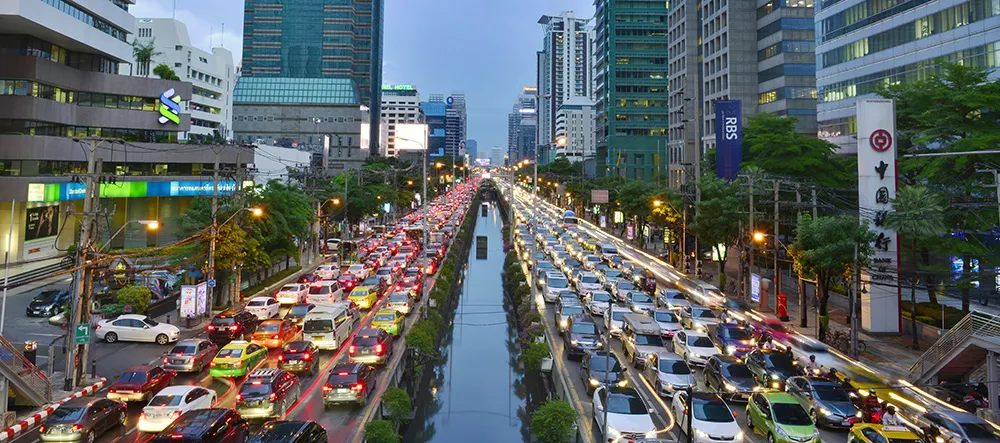After a string of heavy goods lorry drivers drove their over-sized vehicles through low tunnels, causing huge traffic delays and damaging the tunnel structure, Australian authorities took extreme action. They had tried flashing signs, neon signs and staggered signs to no avail, so drivers are now greeted with a curtain of water falling from the tunnel entrance, with a huge stop sign projected on to it. The Softstop virtual barrier created by Laservision creates the illusion of a solid sign, forcing the driv
May 17, 2013
Read time: 2 mins
After a string of heavy goods lorry drivers drove their over-sized vehicles through low tunnels, causing huge traffic delays and damaging the tunnel structure, Australian authorities took extreme action.
They had tried flashing signs, neon signs and staggered signs to no avail, so drivers are now greeted with a curtain of water falling from the tunnel entrance, with a huge stop sign projected on to it.
The Softstop virtual barrier created by7344 Laservision creates the illusion of a solid sign, forcing the drivers to stop - but if they cannot halt in time, it has no physical impact on the vehicle.
Laservision said that the Sydney Harbour Tunnel has experienced more than 10,000 incidents of vehicles hitting the structure since it opened.
The damage caused by too large vehicles crashing into the overhead of the tunnel affected up to 12,000 motorists at peak time, the company said. This method means that the drivers avoid damaging their vehicles, cargo and road infrastructure.
They had tried flashing signs, neon signs and staggered signs to no avail, so drivers are now greeted with a curtain of water falling from the tunnel entrance, with a huge stop sign projected on to it.
The Softstop virtual barrier created by
Laservision said that the Sydney Harbour Tunnel has experienced more than 10,000 incidents of vehicles hitting the structure since it opened.
The damage caused by too large vehicles crashing into the overhead of the tunnel affected up to 12,000 motorists at peak time, the company said. This method means that the drivers avoid damaging their vehicles, cargo and road infrastructure.










